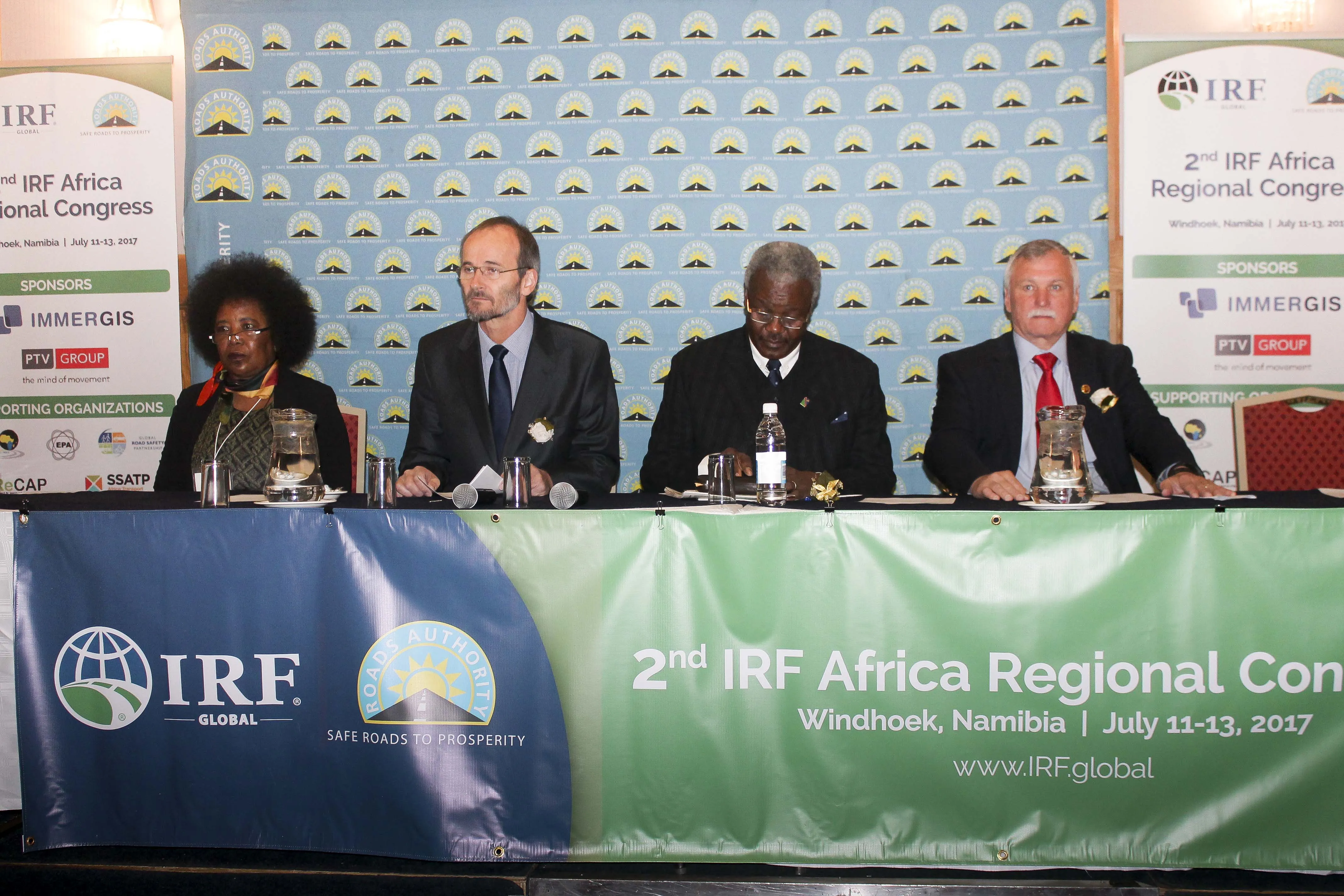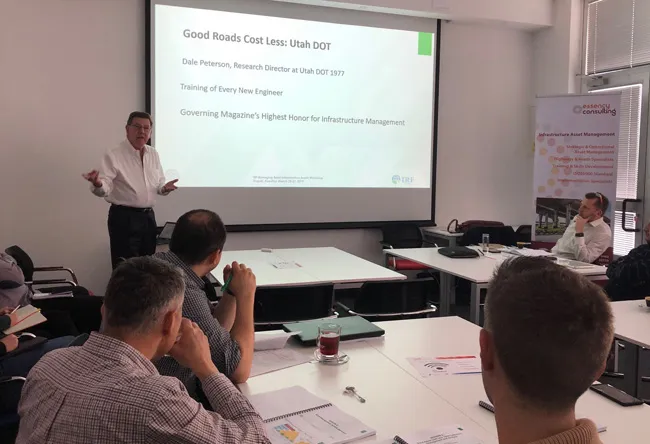
Updating design criteria is a key aspect within the government’s Cycling and Walking Investment Strategy. The goal is to increase cycling and walking and by making them a natural choice for shorter journeys or as part of a longer trip.
“It is hoped that this refresh will ensure that the guidance aligns to current legislation and will provide best practice for use by all parties who design cycle infrastructure,” said Nigel Wilkinson, project director at WSP.
The review, due to be completed early next year, includes experts from the WSP Group, such as Phil Jones Associates, Mott MacDonald and academic support from the University of West England in Bristol.
They will work with the government department, cycling bodies and a key stakeholder steering group to review current guidance and to recommend and implement changes to the document to ensure it aligns to current practice.
The team will consider recent innovations in cycling infrastructure as well as addressing trends in transport, health and safety as part of WSP’s global initiative, Future-Ready, to help projects to be prepared for tomorrow's world.








